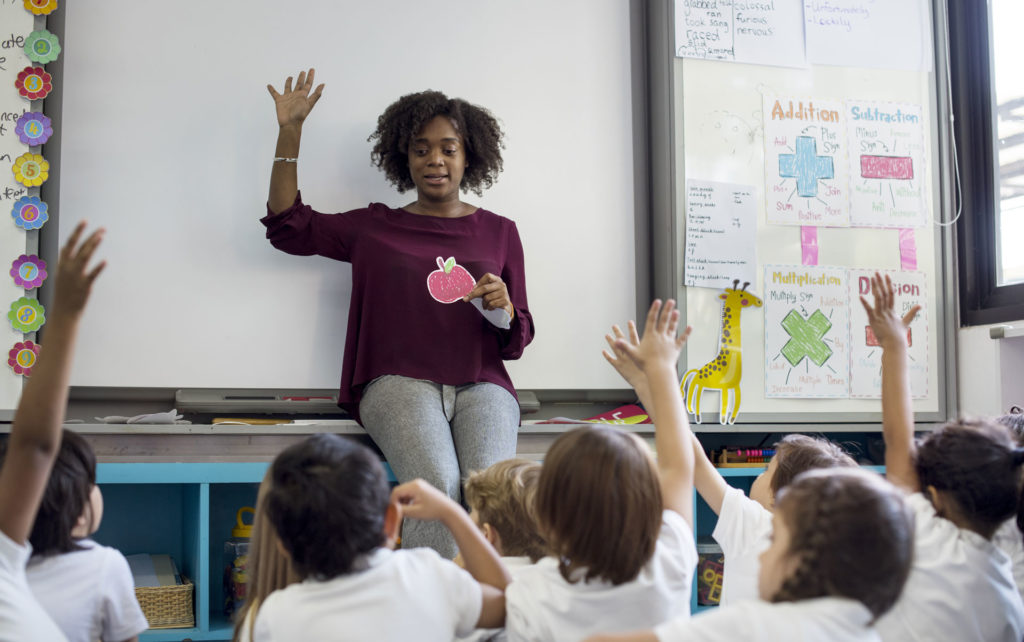Resources
Virginia’s Moonshot Moment to Modernize Schools
Lawmakers have a once-in-a-lifetime opportunity to modernize our school infrastructure with one-time discretionary funding from the Coronavirus State Fiscal Recovery Fund.
Issue
Virginia’s dilapidated and outdated school infrastructure hampers student achievement and health, teacher retention, school overhead costs, and local property values. Since at least the 1980s, Virginia supported schools directly with tens of millions of dollars in state aid for school construction grants and subsidized financing. In the wake of the GreatRecession, however, the zeroing out of the school grant program and greatly diminished support for school constructionfrom the Literary Fund drastically reduced state support for school infrastructure projects. In Virginia, capital spending on schools declined by 33% between 2008 and 2016, according to analysis by the Center on Budget and Policy Priorities.Each year that we allow this problem to persist is another year that the state of our school infrastructure sinks deeper into crisis. The dangerous condition of our schools has been well-documented. There are also major equity concerns, given that almost all of the cost now falls to localities, which have vastly different capacities to raise revenue. Every other neighboring state and D.C. offer direct support to school divisions for infrastructure needs.
Solution
The $3.8 billion Virginia will receive from the Coronavirus State Fiscal Recovery Fund provides a once-in-a-lifetimeopportunity for state lawmakers to modernize our schools, use one-time money that will pay long-term dividends, improve the health and safety for generations of students and school staff to come, and jump-start our economy with thousands of well-paying construction jobs in every corner of the state. We also have the opportunity to allocate this support in an equitable way through the At-Risk Add-On formula, which accounts for student poverty in divisions. We know that, due to additional barriers to education, it costs more to provide adequate support to students from high-poverty settings (costing between 40 and over 100 percent according to expert estimates). For too long, we’ve based our state support on a formula that does not consider student need. Our coalitions endorse the allocation of Coronavirus State Fiscal Recovery Fund dollars to schools for infrastructure purposes in one of the following ways:
Through the At-Risk Add-On provision directly in the budget, as we did for learning loss recovery support in the final 2020-2022 budget.
Funding the Literary Fund and using the At-Risk Add-On formula for setting interest rates, rather than the Local Composite Index.
Call to Action
Using our one-time state dollars to invest in school infrastructure will yield returns over the long-term, boost local economies with new construction jobs and, as numerous studies conclude, lead to improved student outcomes, health, and stronger teacher retention:
- Research finds school improvements lead to positive health impacts, including:
- “Higher quality and safer out door play spaces lead to improved student health, reducing absences and improving a wide array of short- and long-term student outcomes.
- Improved air and water quality from new and updated systems contribute positively to student and employee health.
- More consistent, higher quality lighting, heating, and cooling systems contribute positively to student health (mental and physical) and academic outcomes.”
- A study of 80 Virginia middle schools finds a positive correlation between school facilities and student achievement in math.
There is evidence of wide-spread support for school infrastructure improvements. Time after time, residents have voted in favor of increasing taxes for school infrastructure projects – even in very low-income areas.
